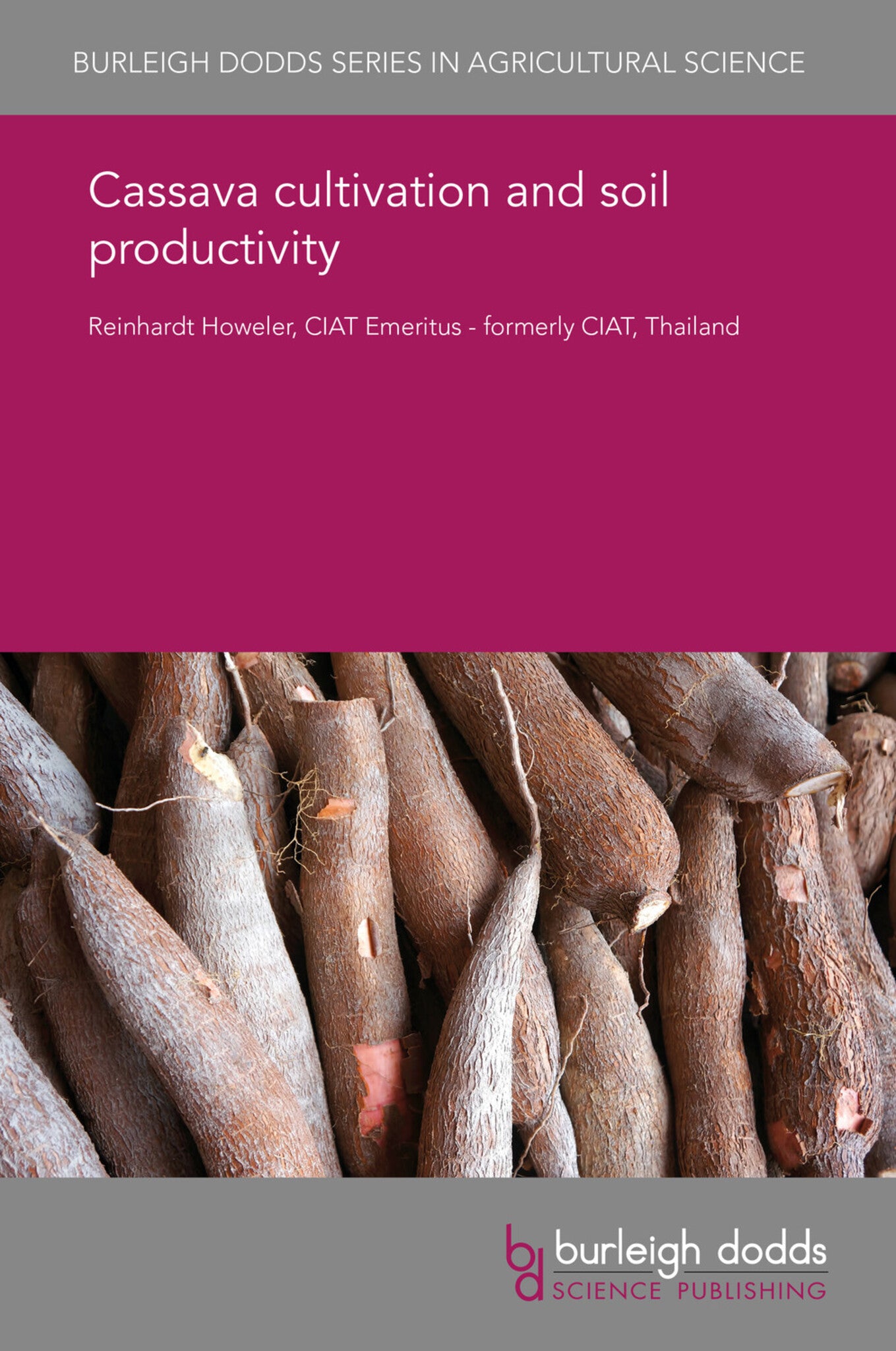We're sorry. An error has occurred
Please cancel or retry.
Cassava cultivation and soil productivity
Regular price
£25.00
Sale price
£25.00
Regular price
£25.00
Unit price
/
per
Sale
Sold out
Re-stocking soon
Cassava is becoming an ever more important crop, and over the past 20–30 years its planted area has increased faster than that of any other food crop. However, yields are still low due to the fact ...
Read More

Some error occured while loading the Quick View. Please close the Quick View and try reloading the page.
Couldn't load pickup availability
- Format:
-
12 July 2017

Cassava is becoming an ever more important crop, and over the past 20–30 years its planted area has increased faster than that of any other food crop. However, yields are still low due to the fact that the crop is usually grown on infertile soils and without adequate soil and crop management. This chapter begins by discussing nutrient absorption, distribution within the plant, and removal by the cassava harvest. Section 3 then considers the effect of cassava cultivation on soil productivity. Section 4 reviews the nutrient loss in eroded sediments and runoff in soils used for cassava cultivation. Finally, Section 5 discusses how cassava farmers can diagnose nutritional problems in their crop.

Price: £25.00
Publisher: Burleigh Dodds Science Publishing
Imprint: Burleigh Dodds Science Publishing
Series: Burleigh Dodds Series in Agricultural Science
Publication Date:
12 July 2017
ISBN: 9781838790714
Format: eBook
BISACs:
TECHNOLOGY & ENGINEERING / Agriculture / Tropical Agriculture, Tropical agriculture, TECHNOLOGY & ENGINEERING / Agriculture / Agronomy / Crop Science, TECHNOLOGY & ENGINEERING / Agriculture / Sustainable Agriculture, Sustainable agriculture, Agronomy and crop production

1 Introduction 2 Nutrient removal by the cassava crop 3 The effect of cassava on soil productivity 4 Nutrient losses in eroded sediments and runoff 5 Diagnosis of nutritional problems 6 Conclusions 7 References



